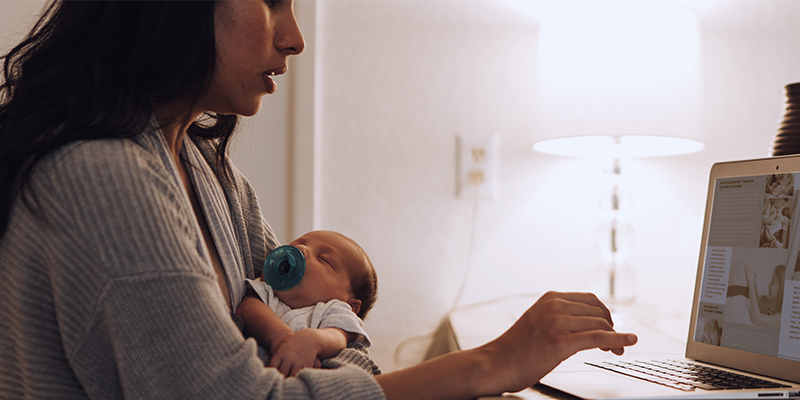Types of births + why you should make a list of birth preferences instead of a birth plan
Preparing to welcome your little one into the world is an incredible experience, whether it’s your first or your fifth. And one of the most important parts of that preparation is deciding how you want to welcome baby into the world.
You’ve likely heard this called your birth ‘plan.’ Well, we’re not big fans of that because the truth is, you can’t exactly plan your birth. You can have an ideal birth in mind, but the best way to prepare and make sure your wishes are honored no matter how your birth goes is to make a list of birth preferences.
But it all starts with having an ideal birth in mind…
Types of births
This is the first decision you’ll need to make — how do you want to give birth and where? Do you want a hospital, birthing center, or home birth? Once you’ve decided that, you’ll want to decide how you’d *ideally* like to give birth. Here are the options:
Vaginal. This is one of the most familiar options for childbirth. A vaginal delivery is typically preferred for low-risk pregnancies, and includes what is typically viewed as birth: pushing until the baby is delivered through the vaginal canal. For this delivery option, there are a number of pain relief options available, namely epidurals.
Natural-vaginal. This form of childbirth is the same as the above, but without the use of any medication or anesthetics.
Water birth. This one is exactly what it sounds like. Your little one will be born while you labor and deliver in water. Water births are often chosen as a medication-free pain reliever. This is typically a natural vaginal birth, and usually occurs at home or in a birthing center.
Scheduled induction. With this type of birth, you and your medical provider will decide on a day when you’ll receive a medication to induce labor and get the process going. Scheduled inductions may be medically required in certain situations, but are otherwise not recommended.
Cesarean section (C-section). This is a surgical procedure in which the doctor cuts through the abdominal wall to deliver the baby. This can be scheduled and planned, or it can be unplanned or even an emergency procedure when vaginal birth is no longer an option or you or the baby are in distress.
VBAC. Otherwise known as vaginal birth after C-section. This birth will come with its own set of needs and precautions, so make sure you discuss the process with your healthcare provider.
Other considerations
Once you’ve decided where and how you’d like to deliver your baby, there are a few other things you’ll want to keep in mind and discuss with your partner and doctor ahead of time. It’s a good idea to include these types of things in your list of birth preferences.
Visitors and people in the room. Who would you like allowed in the room during your labor and delivery? Are medical students welcome? Who would you like in the room after baby has arrived? In most situations, you can have as few people or as many people as you would like.
Atmosphere. Think about if you’d like dim lights, music or no music, flowers, room spray, etc. Even in a hospital, you have some choices when it comes to creating an atmosphere you will feel most comfortable in.
Clothing. Did you know you can decide how clothed you’d like to be? Some expecting mothers find clothing to be hindering or uncomfortable, while others feel uncomfortable being uncovered. Again, this choice is entirely up to you.
Photography/film. Decide ahead of time if you want photography or video allowed, and let your healthcare provider and support system know, so the rule can be enforced.
As you prepare for your little one, keep in mind that your birth preferences should be tailored to what *you* feel will make labor and birth as relaxing and comfortable as possible. Don’t ever let a family member, friend, or even medical provider push you into something you feel uncomfortable with. This is your delivery, and you get to call the shots!

















